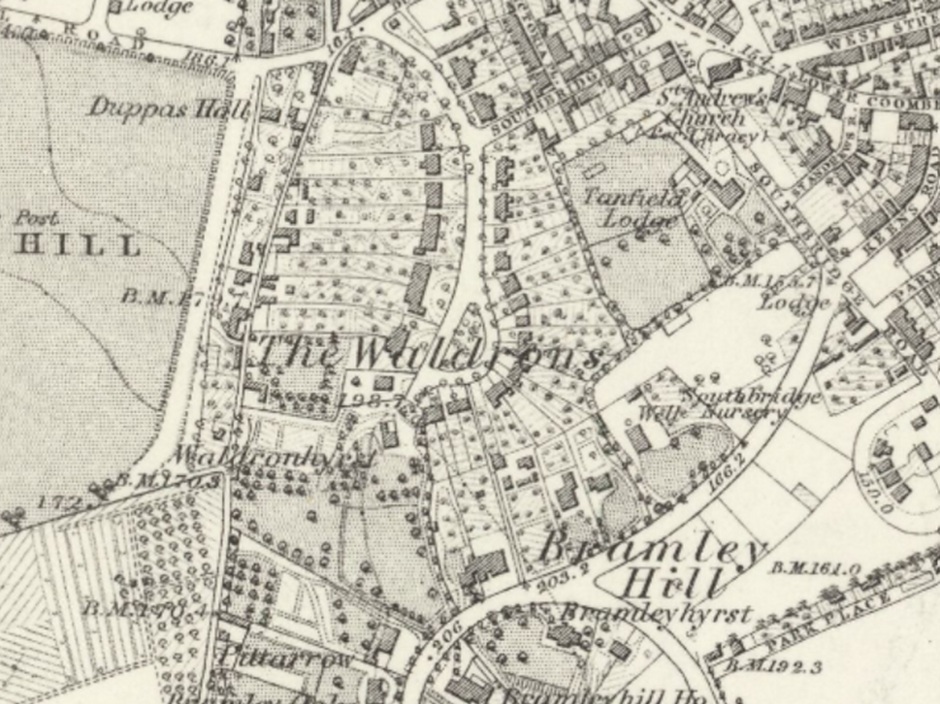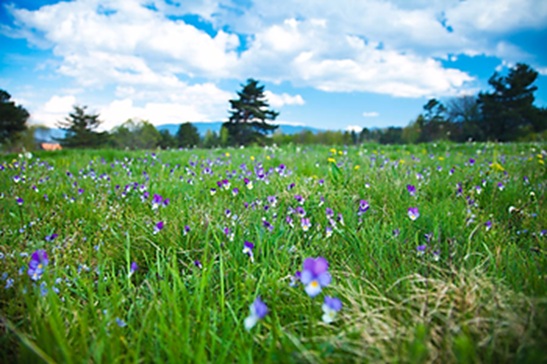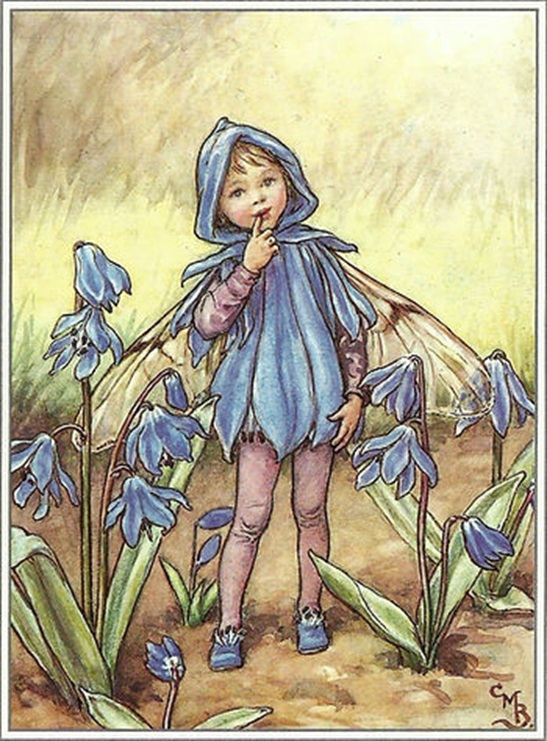The Waldrons in 1910

Haling Manor extended from Duppas Hill, known variously in the past as Dubbers, Doubers and Dowbers, in the north almost to the southernmost point of the parish. The origin of the name Duppas seems to have been lost. It was bounded by Violet Lane (where wild violets grew in profusion) on the west and Taintfield in the east. In 1202 the manor was owned by Ralph de Halinge and in the early sixteenth century was acquired by Hugh Warham, brother of William Warham (worth noting that there’s a road in South Croydon (Warham Rd by Whitgift school)), the Archbishop of Canterbury. In 1536 he sold it to Henry VIII for £740 who let part of it to Sir Nicholas Carew. It included the Waldens, now the Waldrons, which meant a wild waste and was a rabbit warren.
In 1542 Henry VIII rented Duppas Hill to Robert Bourchier (where the name for Butcher Row came from Now Surrey St), one of the grooms of his private chamber for per annum. In 1592, Queen Elizabeth I granted the manor to Lord Howard of Effingham who was later created the Earl of Nottingham.
A Short Chronicle of Croydon May 1882

The avenue to Haling House (sited in the now grounds of Whitgift school) used to run from Duppas Hill Lane, through the Waldrons, and that portion of the park now covered by residences on Bramley Hill. There weren’t any buildings on the Waldrons, save the entrance lodge in Duppas Hill Lane; for, seventy years ago, the Waldrons, as its name imports, was a wild waste, in which gravel was dug, and rabbits ran wild, with plenty of snakes, adders and newts. At that time there was neither roadway nor houses where Duppas Hill Avenue now is; but Violet Lane was then, and on either side grew violets aplenty.
When Napoleon contemplated invading Britain, at the beginning of the century, lest the French might succeed in stopping our supplies, among many similar precautionary measures adopted in other parts of the kingdom, that old row of wooden tenements on the east side of Duppas Hill Terrace was turned into a granary, and so also was Whitgift’s School in George Street. By the way, in Southbridge Lane, opposite Parker Road, stands a brick and flint structure, and over the door a mouldering stone (Carved stone with either markings, relieves and figures), on which is carved :T W +E 1553
Edward Vigers

The Waldrons, originally part of the Haling Park estate, was bought by Edward Vigers, who in 1850 sold individual building plots to gentlemen who employed their own architects. It was laid out as a private estate with two ornate lodges (one still survives in South Bridge rd), where green liveried gatekeepers in top hats opened the gate when requested (IE private Estate), but admitted no undesirable persons. One lodge and some of the houses remain in the conservation area.
Would you like to write a blog? Email [email protected]

Leave a Reply